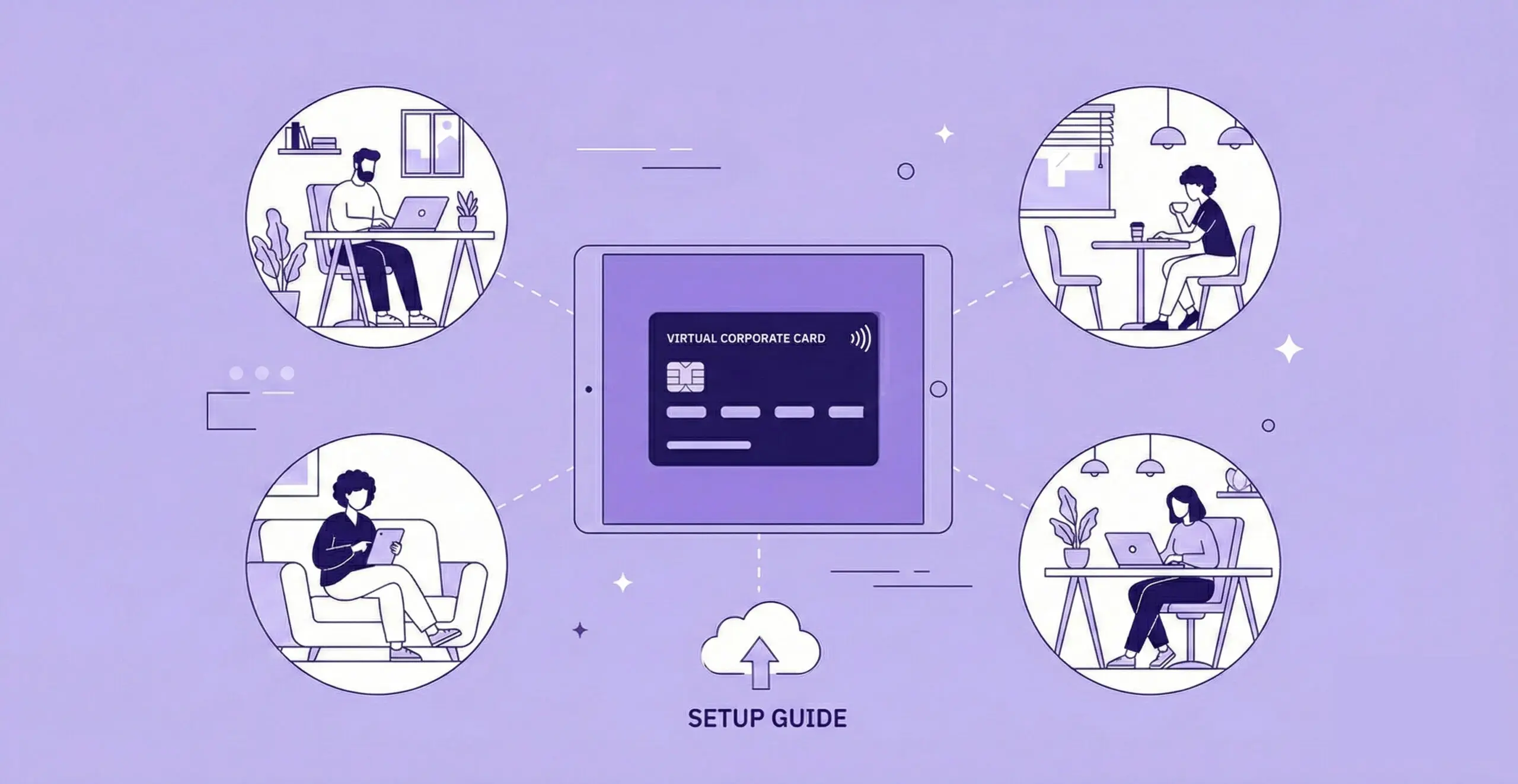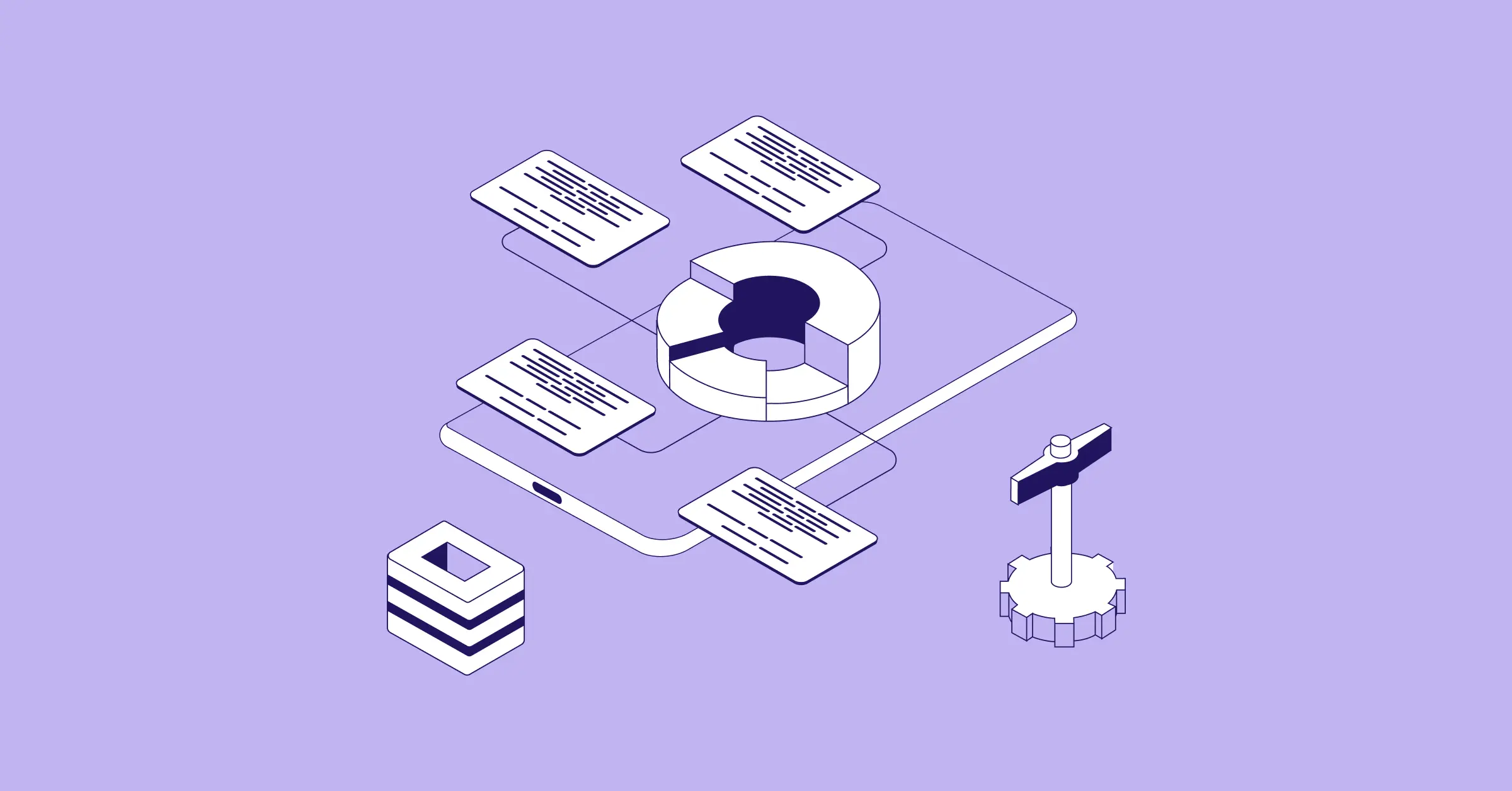
Sign up for our newsletter
Stay informed with the latest trends and best practices in finance and procurement.

Optical character recognition (OCR technology), in its simplest form, can be thought of as text recognition. Companies use OCR technology to capture images of receipts, invoices, documents, credit cards, and more. The technology captures and digitizes the information, transforming it into readable and easy-to-categorize files. By introducing OCR technology into your business processes, you can better manual processes and enhance accuracy through automation while reducing errors on repetitive tasks.
This article will cover the following topics:
- Common finance use cases that lead to the use of OCR technology
- How is OCR technology used in finance?
- How does OCR technology work?
- What are the benefits of OCR technology?
- OCR Technology best practices
- How to optimize your finance processes with PayEm
Common finance use cases that lead to the use of OCR technology
There are many instances in which OCR technology can be helpful in finance. Repetitive and high-volume tasks that require data inputting can be improved by using OCR software. Some of the most common finance use cases where OCR technology is beneficial include:
- Processing paper receipts
- Processing paper invoices
- Extracting data from credit cards
- Extracting data from ID cards for onboarding
- Document data scanning
The most frequent finance use cases for OCR technology are invoice processing, invoice scanning, and receipt processing. With OCR technology’s capability to easily extract relevant fields from documents, receipts, and invoices, organizations can improve efficiency, accuracy, and, ultimately, performance.
How is OCR technology used in finance?
The financial processes within a business are very detailed and require acute attention to minutiae. As such, no data must be left behind during the data extraction process. With OCR technology’s advanced capabilities, every decimal point, dollar sign, and symbol can be easily detected, scanned, and digitized for a completely error-free data entry process.
AP Processing
In accounts payable processing, the finance department must process countless invoices and checks, which require data input into a secure database. Completing this process manually was the standard for the AP industry. However, with the advent of new OCR technology, AP processes can be simplified and automated, and all manual tasks can be digitized to maximize operational efficiency.
Auditing
When an audit is performed, every detail must be read, examined, and analyzed for accuracy and assessment. When this process is done manually, it can leave a large margin for error and be extremely time-consuming. During the audit, all financial documents and transactions for the entire fiscal year must be examined. However, OCR technology simplifies the auditing process and can reduce the number of hours spent on manual tasks. Audits can be performed more thoroughly and quickly, even when processing lengthy budget reports, expense reports, and other financial data.
Expense Reporting
When processing expense reports, data must undergo lengthy review and analysis. OCR can eliminate the need for manual data entry when processing expense reports, thereby saving time and increasing productivity. This leading-edge technology ensures that accurate data is captured without the concern of fraud, data loss, or manipulation.
How does OCR technology work?
OCR technology extracts data effectively with advanced scanning technology that easily reads the text on documents, credit cards, identification cards, receipts, or invoices. The text is then converted to a machine-readable format where it can be stored, categorized, and accessed.
The steps of OCR processing include:
- Image pre-processing
- Segmentation
- Character recognition
- Post-processing
OCR technology has the capability to:
- Minimize and eliminate errors in the data entry process.
- Reduce the need for manual data entry - which is time-consuming and error-prone.
- Save on labor costs since the process is automated.
- Reduce the need for storing physical documents and paperwork since all data is digitally stored.
- Scan documents and turn them into different file formats for the ultimate convenience.
Not only can OCR scan the documents and read the text and images, but it can also change the text into different file formats. The data is scanned, categorized, and processed into machine-friendly data and formatted according to specifications. Once the data has been digitized, it can be easily edited, searched, and stored depending on what is needed.
What are the benefits of OCR technology?
Implementing OCR technology into a company’s document processing workflow has many benefits. Below are some advantages of using OCR technology in finance processes and data entry for your organization.
Easily scalable: OCR technology facilitates massive scalability when it comes to document processing. Although document OCR can process documents, modern OCR technology takes scalability to the next level.
Quick digitization - Documents can be quickly digitized, stored, categorized, and searched in a company’s database using OCR technology. Using OCR, documents are easily digitized into standard digital formats, including PDF, XLM, JSON, CSV, and more.
Increased accuracy - One of the primary benefits of OCR technology is the increase in accuracy from data processing. When combined with AI and machine learning, OCR boasts an accuracy of up to 99%.
Fast turnaround time - With a quick turnaround time, organizations looking to increase performance levels can appreciate the benefits of OCR technology. Manual data entry is labor-intensive and error-prone, reducing efficiency and creating bottlenecks. However, with the implementation of OCR technology, businesses can save time as documents are processed in a matter of seconds. This offers firms extreme time savings as labor can be diverted to other critical tasks.
Reduce the risk of errors - Mistakes are common with manual entry but can also be costly. One of the main advantages of implementing OCR technology is that the error risk associated with manual data processing is significantly reduced.
OCR Technology best practices
When using OCR technology in finance processes, it’s helpful to learn how to optimize it by implementing process-wide best practices. Adhering to best practices in OCR makes it easier to save time, improve accuracy, and streamline the entire process.
Document assessment - Take the time to assess the documents that will be scanned to ensure that the OCR software has the best chance of accuracy. Check the headings, images, tables, fonts, and handwritten texts to see if they appear legible.
Review images before scanning - Look into the resolution, brightness, and coloration of images prior to digitization.
Select the right OCR software - Some factors to consider when choosing the right OCR software for your business needs include appropriate file formats, language options, functions, and features.
Process reimbursements efficiently - When employees need to submit receipts for reimbursements, consider using the mobile app version of the OCR software. This way, they can scan the receipt while on the go, thus simplifying and expediting the process. Once the receipt has been submitted, OCR technology will scan and input the necessary information.
Expedite bill payment - Once an invoice is scanned into the OCR software, it is immediately recognized as an invoice, and all the needed data is extracted and categorized. OCR technology also has the capacity to link email chains and associate them with the bill for relevance.
Optimize Your Finance Processes with PayEm
Finance leaders and AP heads look to leading-edge OCR technology to simplify many of their daily processes. PayEm is proud to have emerged as one of the leaders of OCR technology, providing state-of-the-art connected finance software to optimize your business processes.
AP Automation and Custom Approvals
PayEm makes it easy to optimize financial processes through AP automation and custom approvals. With this inbuilt capability, organizations can better achieve their accounts payable objectives without the hassle of manually inputting each item of data. Additionally, custom approvals allow your company to control who approves each invoice and when.
Bill Payments & Procurement
With simple bill payment and procurement built into PayEm’s software, companies have more options than ever before to simplify the procurement process. Some of the benefits of procurement and bill pay facilitated by OCR technology with PayEm include:
- Streamlined payments
- Customized approval workflows
- Real-time spend data to help you stay within the budget
Receipt matching & Reconciliation
One of the most helpful features for the AP team is the receipt matching and reconciliation feature offered by PayEm. This option helps to minimize fraudulent expenses and ensures the books are balanced correctly and effectively.
Furthermore, employees can have peace of mind knowing that with PayEm, there is no more need to fill out lengthy expense reports and reimbursement requests as everything is done virtually. Curious to learn more about OCR technology offered by PayEm? Contact PayEm’s experts for a commitment-free, no-cost demo of the platform.


